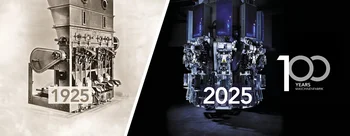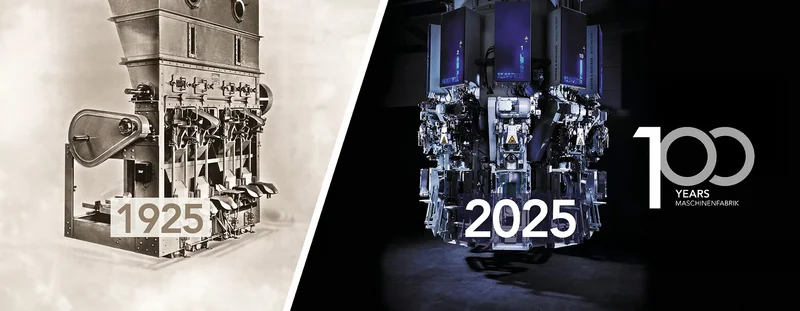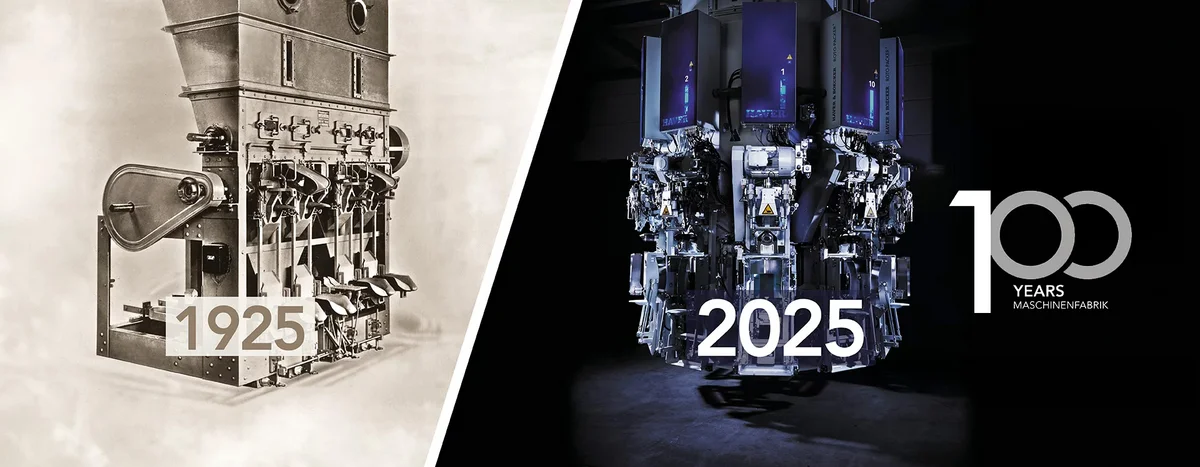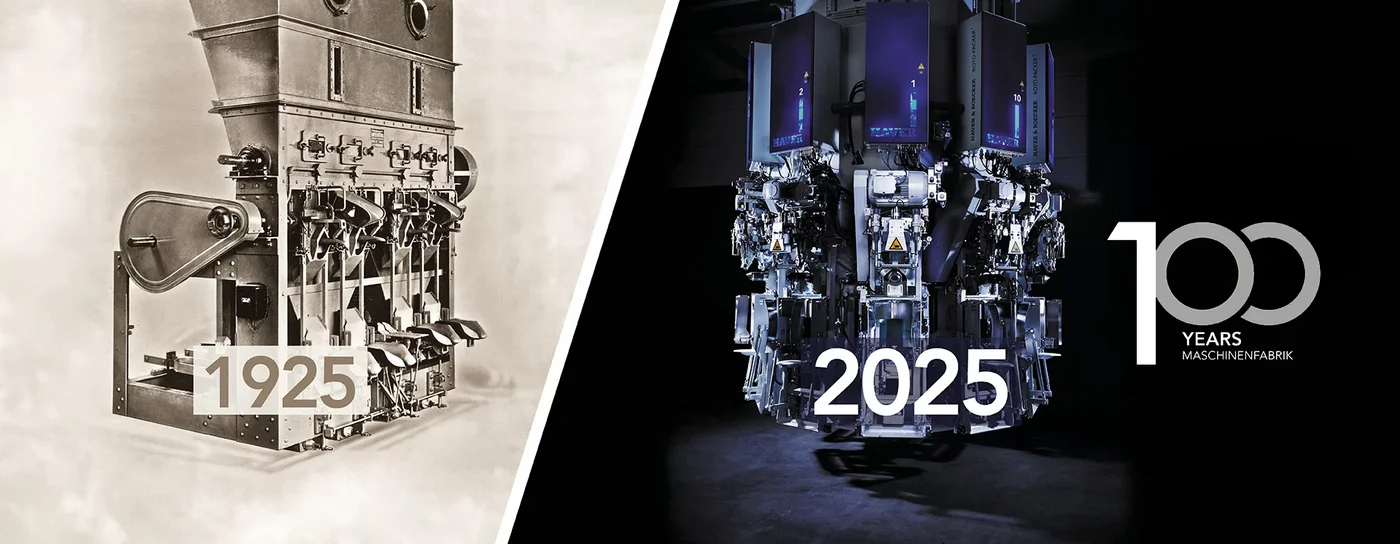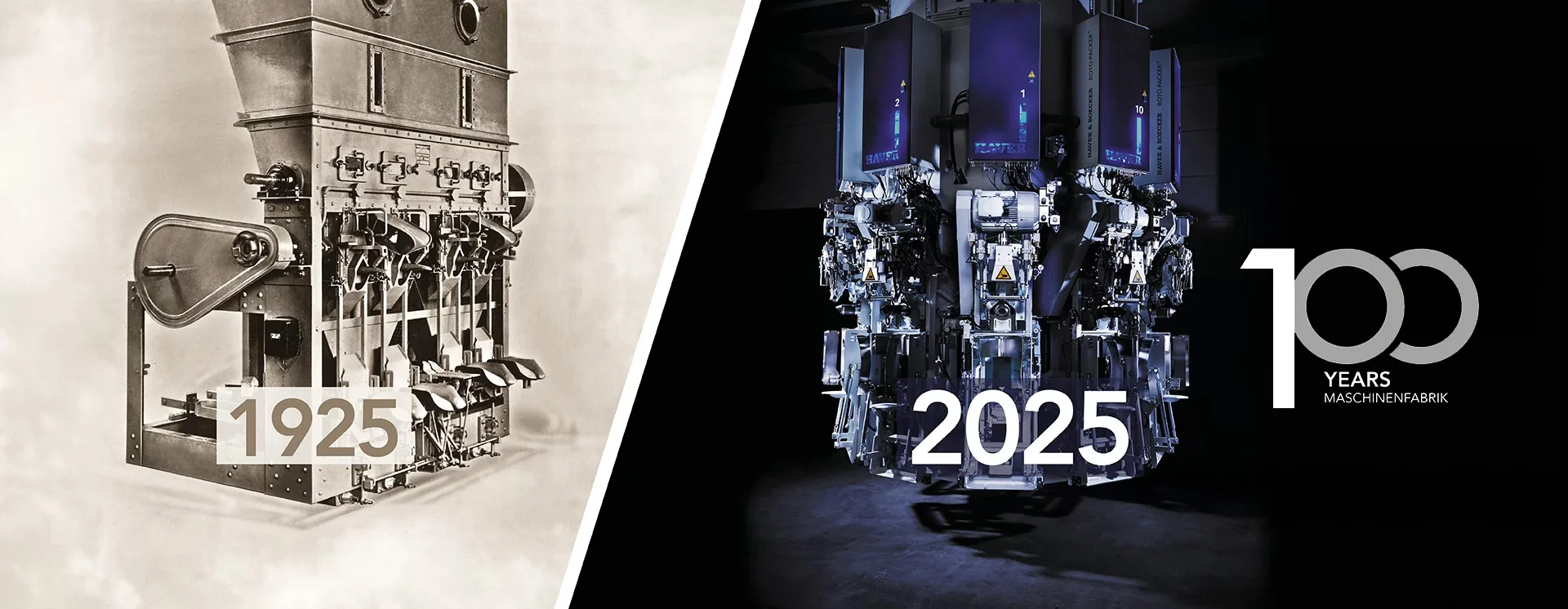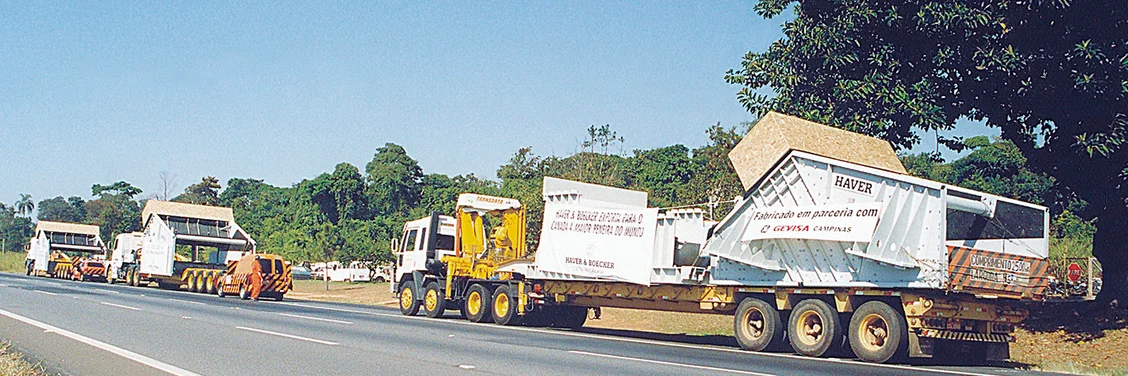Contrary to what the term sand might suggest, this is a mineral mixture in which the ‘sand’ may well contain grain sizes of up to 600 mm. The individual stones and sands contain a fine layer of bitumen, from which between 8 and 18% of mineral oil is extracted. So you can imagine that a great deal of processing is required to extract the mineral oil. After the oil sand is mixed with a 60 °C caustic solution in a huge washing tower in a mixing chamber and the oil film is broken up and rinsed off, the material has to be classified by downstream screening machines – around 10,000 tonnes per hour. This is where Haver & Boecker comes into play.
Syncrude – the largest producer of crude oil from oil sands – was disappointed by the quality of the competitor machines at the turn of the millennium, as they regularly broke down during this task. So they turned to Haver & Boecker Latinoamericana (HBL), who already had a wealth of experience with screening machines in the huge quarries of South America. The major challenge for the Machinery Division’s Brazilian subsidiary was not only to design a break-proof machine, but also to bear in mind that they’d be used at outside temperatures of -52 °C in winter and +30 °C in summer. These conditions not only change the consistency of the oil sands – but the cold also places enormous demands on the mechanics.
Dieter Biernat, a German employee and screening machine specialist at HBL, and his team developed a completely new type of screening machine – a tandem screening machine type R-TE 4000 x 11000 – the largest screening machine that Haver & Boecker has ever built. This design offers the advantage of being able to react flexibly to the different requirements in winter and summer operation by adjusting the inclination of the individual screen elements.
Transporting the screening machine – which is 4 metres wide, 5.5 metres long and weighs around 60 tonnes – was also a particular challenge. The entire transport took 50 days and was undertaken in the summer of 2003. The system was already producing reliably and without any problems in November 2003.
